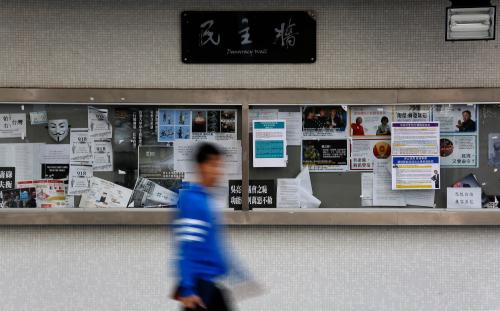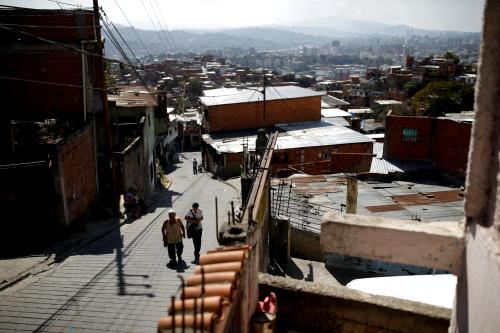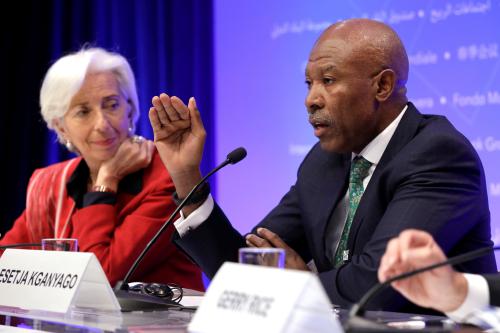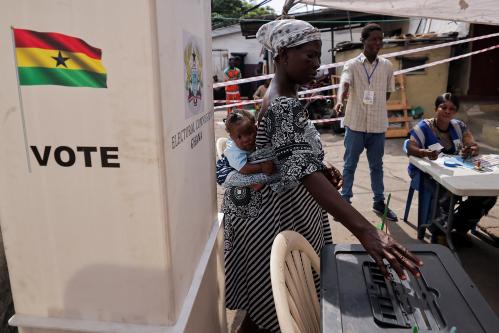For an in-depth look at the need to address flaws in the calculation of ODA in loans, please see the report on which this blog is based here and a related Q&A here.
Despite COVID-19 and the pressure of donor finances, official development assistance (ODA) from members of the Organization for Economic Cooperation and Development’s (OECD) Development Assistance Committee (DAC) rose to an all-time high of $161.2 billion in 2020, according to the most recent DAC statistics.
Most bilateral ODA is provided as grants, but ODA provided through loans is growing. In 2020, when total ODA grew by 3.5 percent, the ODA in bilateral sovereign loans surged by 38.7 percent.
Giving loans rather than grants stretches aid further because donors can recycle repayments into other projects and countries. Lending also gives recipients an incentive to scrutinize a proposed project’s costs and benefits more closely, and to take greater ownership to ensure it delivers economic benefits.
This is why we are campaigning for systemic change: to ensure the ODA counted in loans truly reflects donors’ budgetary costs.
However, donors must always consider carefully whether a loan or a grant is more appropriate, taking into account both the recipients’ capacity to make repayments and the characteristics of the project being supported.
Especially now that global interest rates are rising, donors should avoid lending to any countries already showing signs of “debt stress.” The Jubilee Debt Campaign reports that 54 countries across the world are currently suffering from a debt crisis. And the latest World Bank/IMF debt sustainability analysis shows that, of 69 low-income countries listed, 38 are either “in distress” or at “high risk,” with 20 more at “moderate risk.”
Donors should also consider restricting loans to projects that clearly offer additional financial flows (or savings) to the recipient country government. Only projects of this kind will avoid adding to debt stress.
It would be reassuring to think that these factors were always at the front of donors’ minds. However, the recent disproportionate surge in ODA lending almost certainly owes more to changes the DAC has made in ODA accounting rules than to such considerations.
From 2018 onward, the DAC’s “grant equivalence” system has been used to calculate ODA in loans. Grant equivalents calculate a loan’s cost to the lender (the “donor effort”), which can only sensibly be done by comparing the loan’s interest rate with what the borrower would have had to pay on the open market. But instead, the DAC selected a “base rate” of 5 percent—far higher than the near-zero rate at which its governments can raise funds—and then added (somewhat arbitrary) margins of 1-4 percent to cover the risk of nonrepayment of the loan.
Including risk margins should have ruled out reporting any eventual debt relief, and the DAC originally promised to change the rules in this regard. However, in 2020 it went back on this promise and decided to continue to count debt relief as a new aid effort. In effect, ODA is now double counting loan risk.
The resulting exaggeration of ODA in loans is massive. In 2019 (the most recent year for which disaggregated data is available), France and Germany combined scored $2.72 billion in ODA from the bilateral loans they extended, when estimates of their actual budgetary cost have ranged from $240 million to $340 million. In other words, they received an unearned uplift of between 800 and 1,000 percent!
By changing the rules to exaggerate their own largesse, the DAC “donors’ club” has given its members an enormous budgetary incentive to provide loans over grants, since by doing so they can claim significant progress toward their 0.7 percent ODA/gross national income target without incurring commensurate budgetary costs. It is clearly this incentive that is driving some donors’ increased lending, rather than whether the recipient country’s circumstances or the project’s financial benefits justify a loan rather than a grant.
Nowhere is this more pernicious than in climate financing. In 2019, public loans comprised $44.5 billion out of the $79.6 billion reported (the target is $100 billion). Many of these loans were to the poorest countries least able to service the resulting debts. And the loans were not just for mitigation—many were for adaptation projects that will not generate revenue or savings from which to fund repayments.
Thanks to the flaws in the DAC’s system, rich OECD countries are making profits by lending at or near commercial rates of interest, while claiming large ODA credits. In effect, developing countries are paying for the costs of climate change they haven’t caused, while OECD countries claim credit for aid that they haven’t given. This is the antithesis of climate justice.
This is why we are campaigning for systemic change: to ensure the ODA counted in loans truly reflects donors’ budgetary costs. Given the DAC’s clear conflict of interest, this may require divesting it of the future governance of ODA in favor of an independent body with the required statistical expertise and that is free of political influence. The aim is not to stop loans, but to remove the current perverse incentives for donors to provide them where grants would be the better option.
The Brookings Institution is committed to quality, independence, and impact.
We are supported by a diverse array of funders. In line with our values and policies, each Brookings publication represents the sole views of its author(s).








Commentary
Give credit where credit’s due: Development assistance in loans should reflect donor effort
April 13, 2022